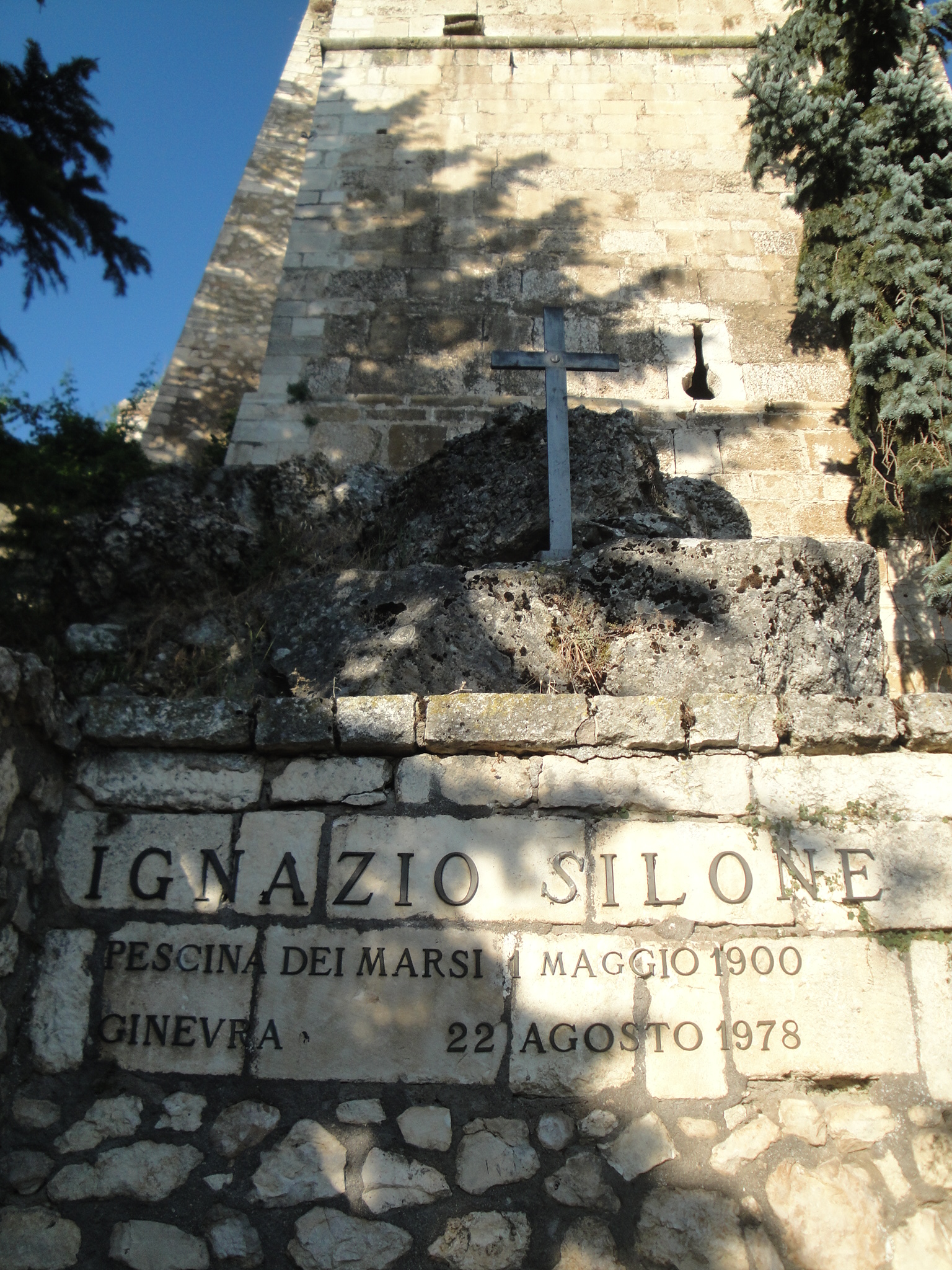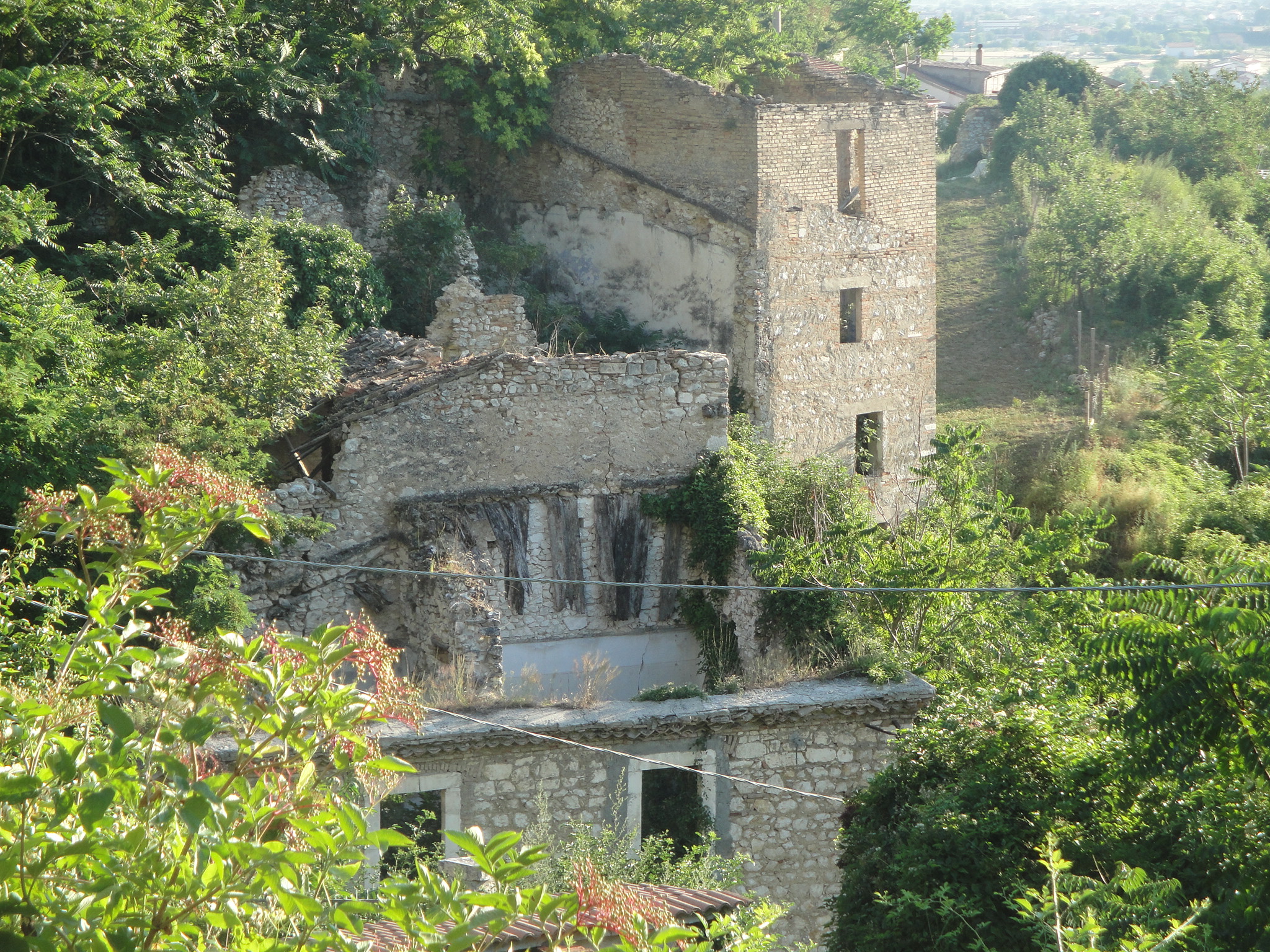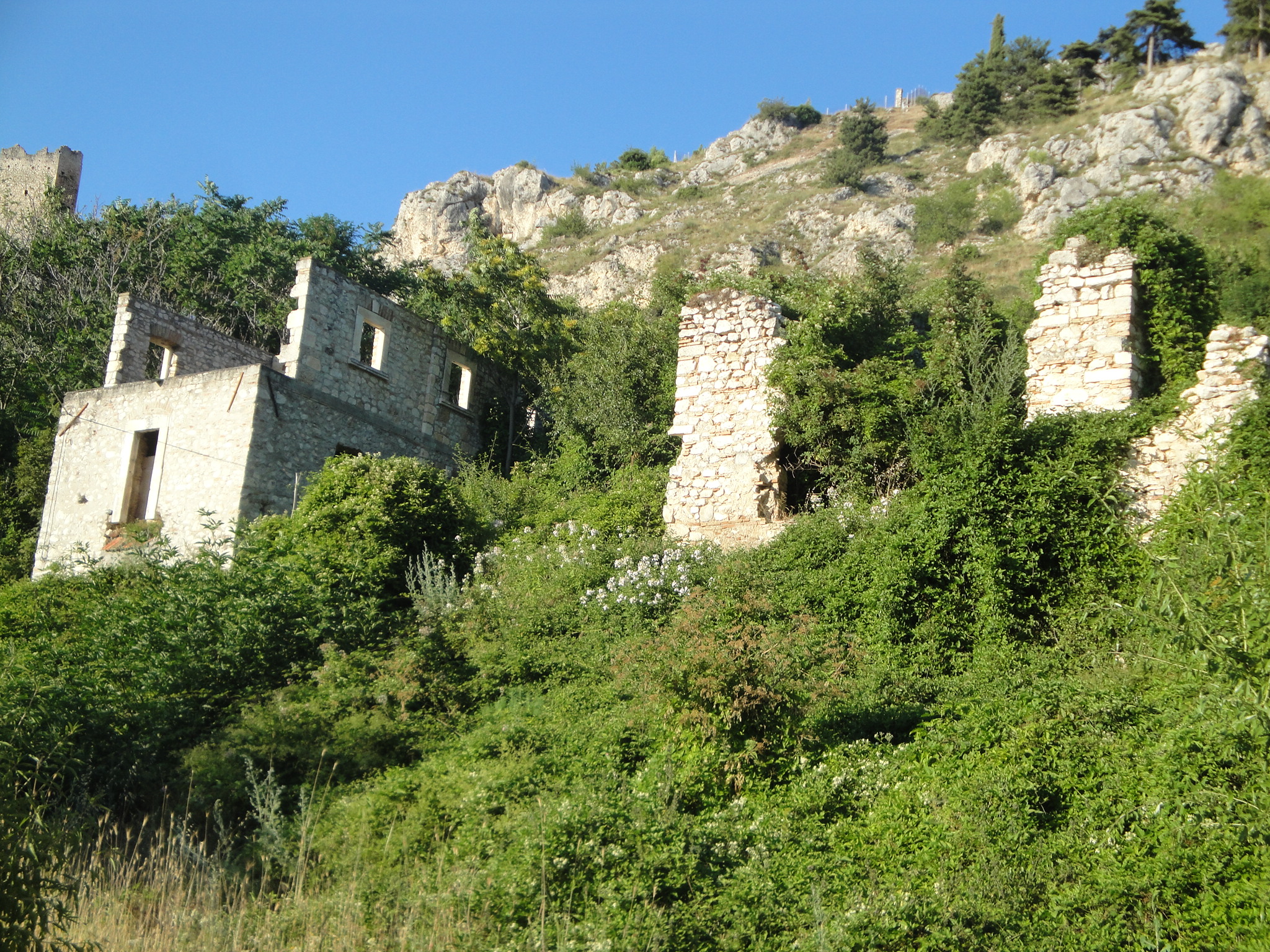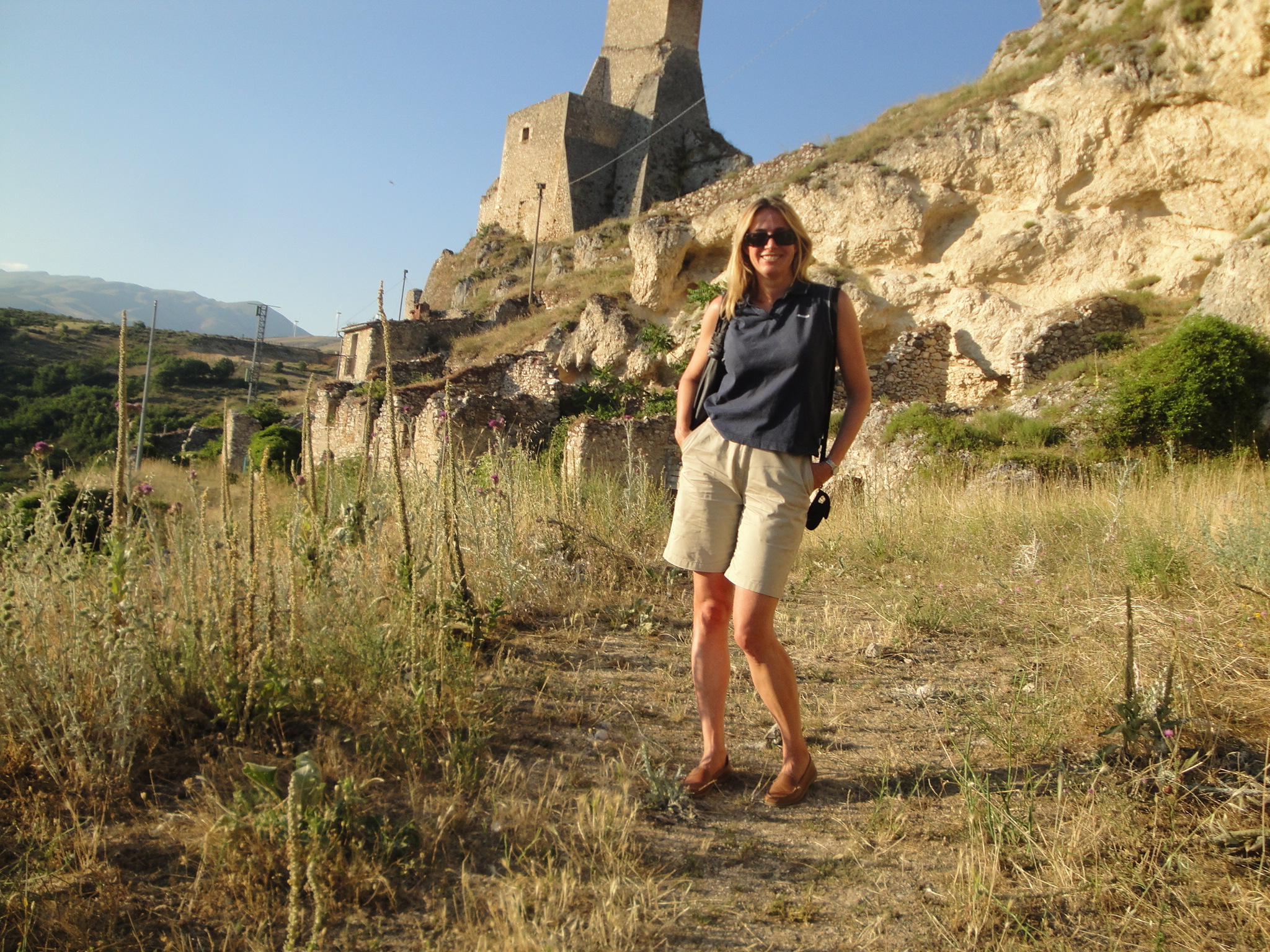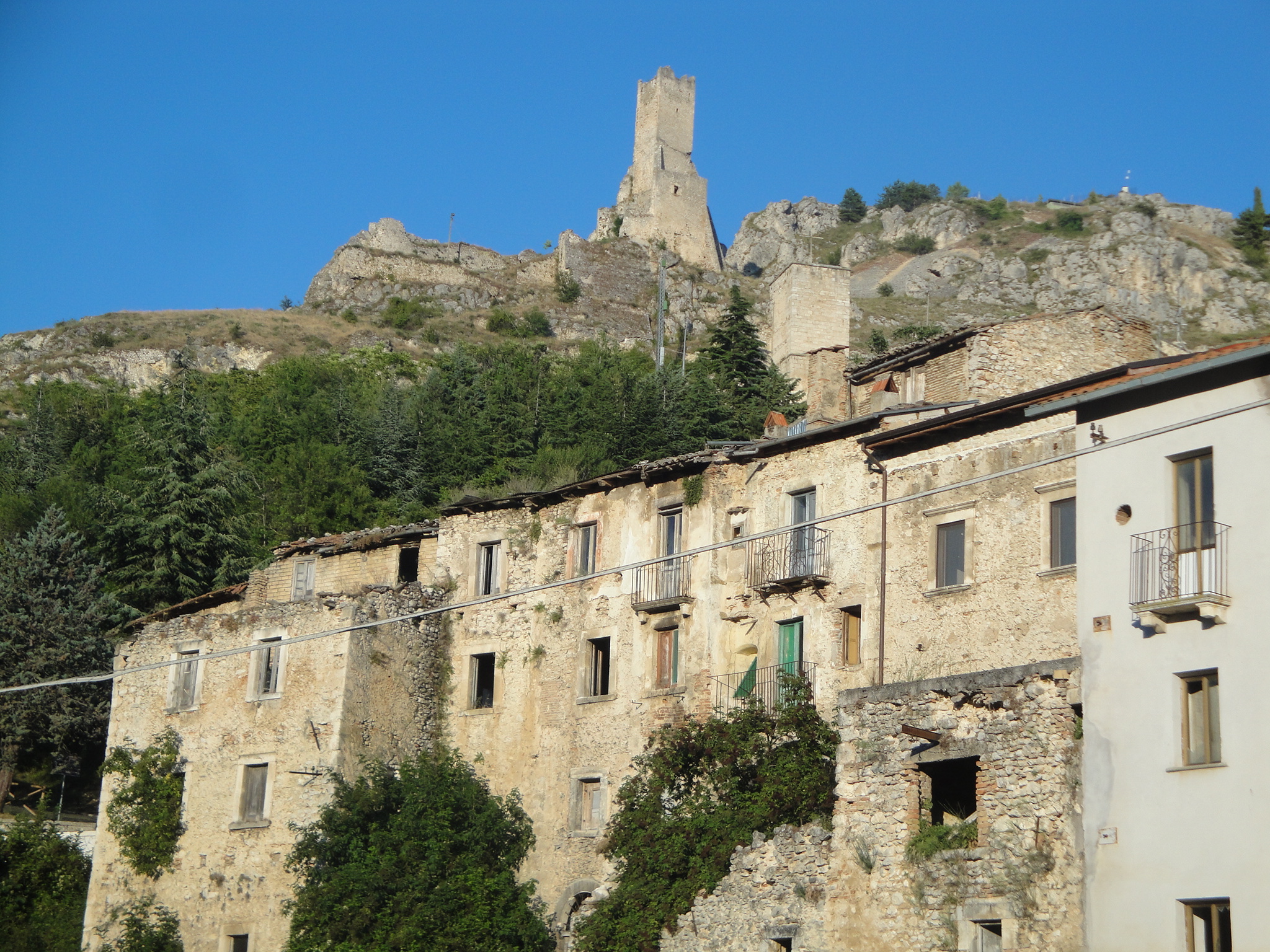The stories behind my new release, In The Shadow of The Apennines
I am so excited my new novel, In The Shadow of The Apennines, releases one week from today.
I’ve explained a bit in my acknowledgements section what inspired me to write the novel. But – even if, as an author, it pains me to say it- if a picture is worth a thousand words, perhaps it’s better to provide a little pictorial explanation for my book.
My novel contains a quote from the great Italian author Ignazio Silone (1900-1978)
“An earthquake achieves what the law promises but does not in practice maintain—the equality of all men.”
Silone, whose real name was Secondino Tranquilli knows of what he speaks. As a young boy, he survived the devastating 1915 Pescina earthquake that plays a key role in my novel.
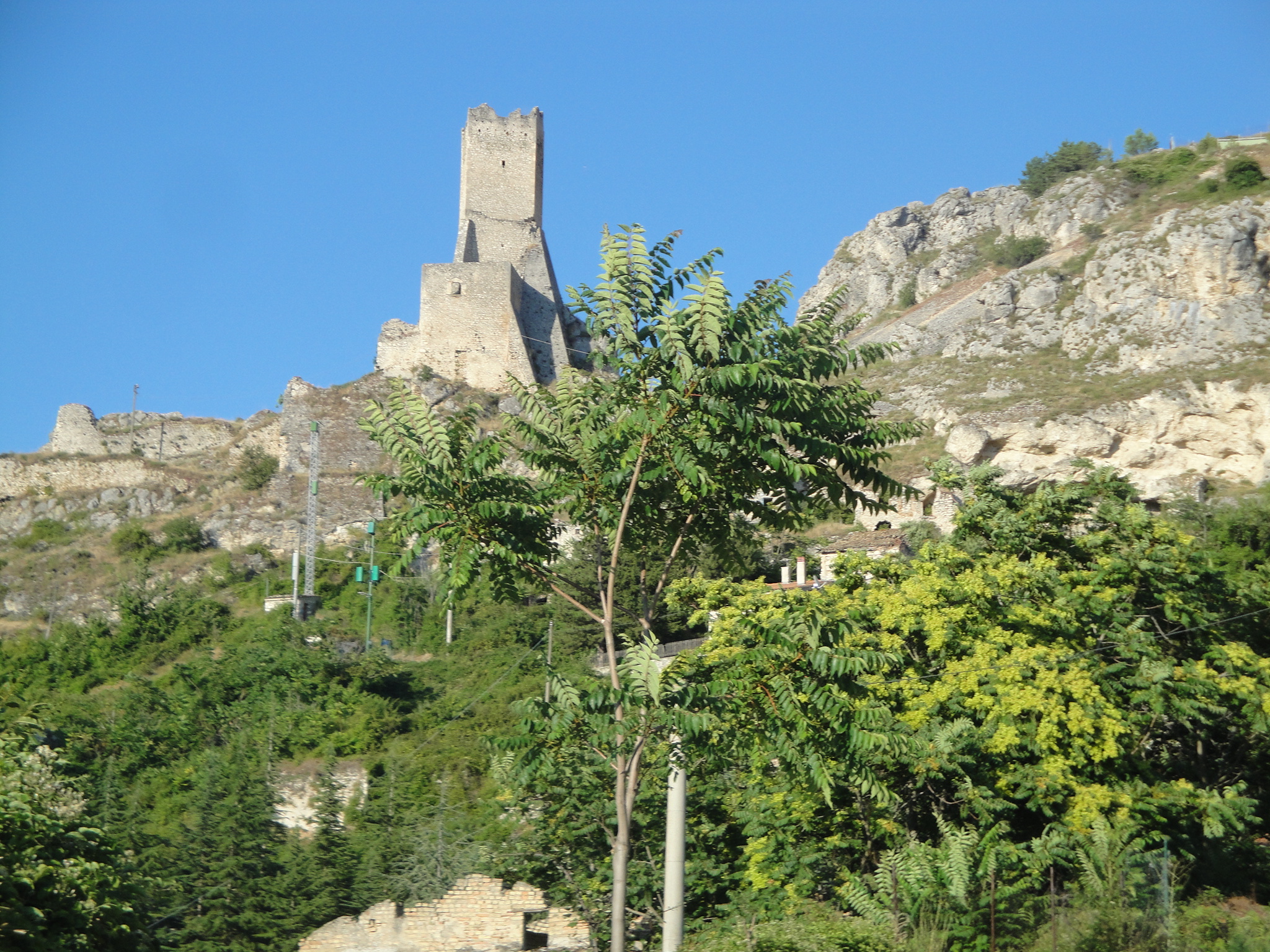
Although many aspects of my novel are fictionalized, the town of Pescina and what happened to it on that fateful January night in 2015 are, sadly, all too real.
Pescina is a small town in Italy’s region of Abruzzo. Although I often visited the beautiful region of Abruzzo to hike, mountain bike and ski, and generally to enjoy its spectacular nature, I had never heard of Pescina until another earthquake hit Abruzzo: the 2009 earthquake with its epicenter near the stunning medieval town of L’ Aquila.
That earthquake caused tremendous damage and a woeful loss of life. At the time, many Italian newspapers were drawing parallels with the 1915 Pescina earthquake, and there were sidebars about the Italian author Ignazio Silone, whose name was new to me.

I began to read his literature in Italian (although he is translated into English, so even if you do not read Italian, his work is well worth reading), and I became increasingly interested in visiting his hometown of Pescina.
My younger son and I went to visit Pescina one summer weekend when we had been out hiking in the region. I was tremenously moved by the experience.
The old town of Pescina was an odd juxtapostion of buildings still destroyed by the earthquake, and those that had been rebuilt by its residents. A few miles down the road, a “new” Pescina had been built. This is where the bulk of the residents moved, and still live today. We visited there, as well, but it was this old town visit that was most moving, a town trapped in time from the tragedy that befell it a century earlier.
We walked through the silent streets, so beautiful and peaceful during our time there, and walked up to the ruined castle tower – stopping to see the place where Ignazio Silone chose to be buried, with a stunning view over the Fucino.
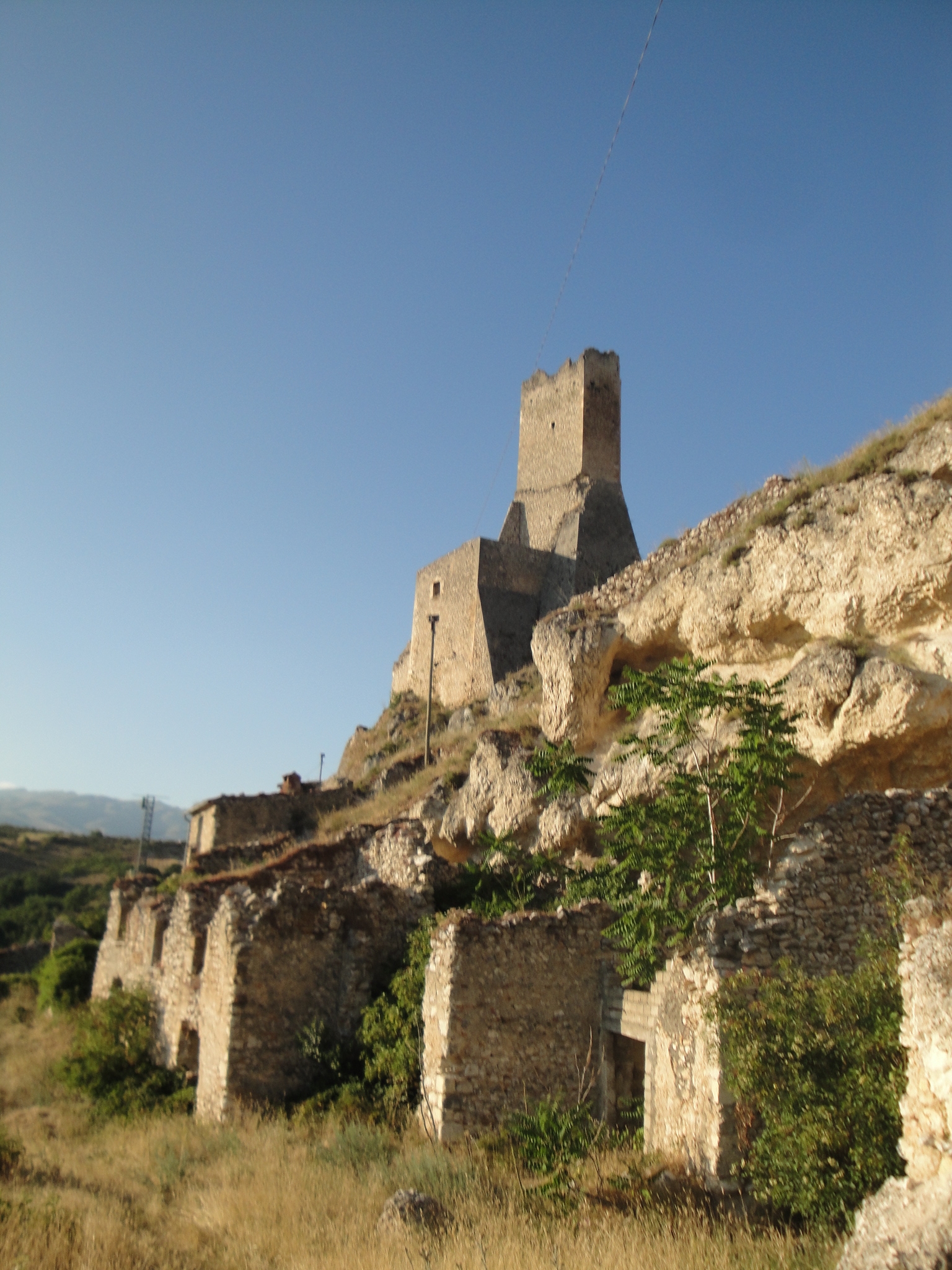
I knew I wanted to create a story here, about a modern, American woman who moves to a small Abruzzo mountain town hoping to escape her past and begin a new chapter of her life.
In the end, it is the words in a long-forgotten diary that manage to change her life. Specifically, the words of a 16-year-old shepherdess named Elena, who survived the Pescina earthquake and built a new life for herself, despite the odds.
This is a story of hardship and poverty and injustice, but it is primarily a story about strength, determination, and hope. I so enjoyed bringing Samantha and Elena to life on the written page – and paying homage to this tiny sliver of Italian history – here, in the shadow of the Apennines.
